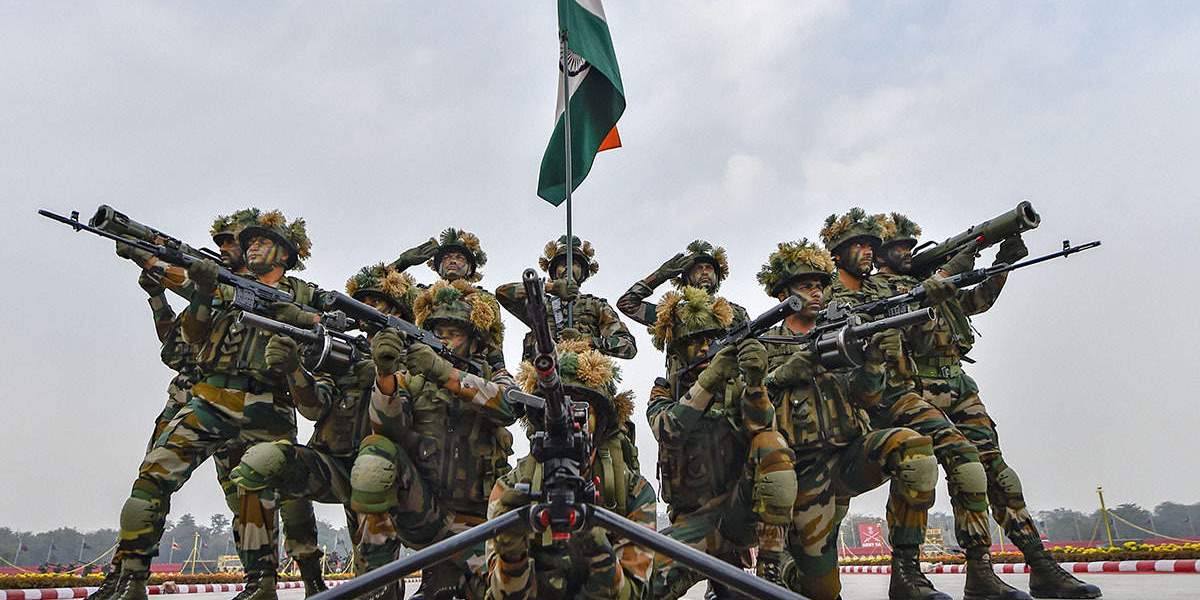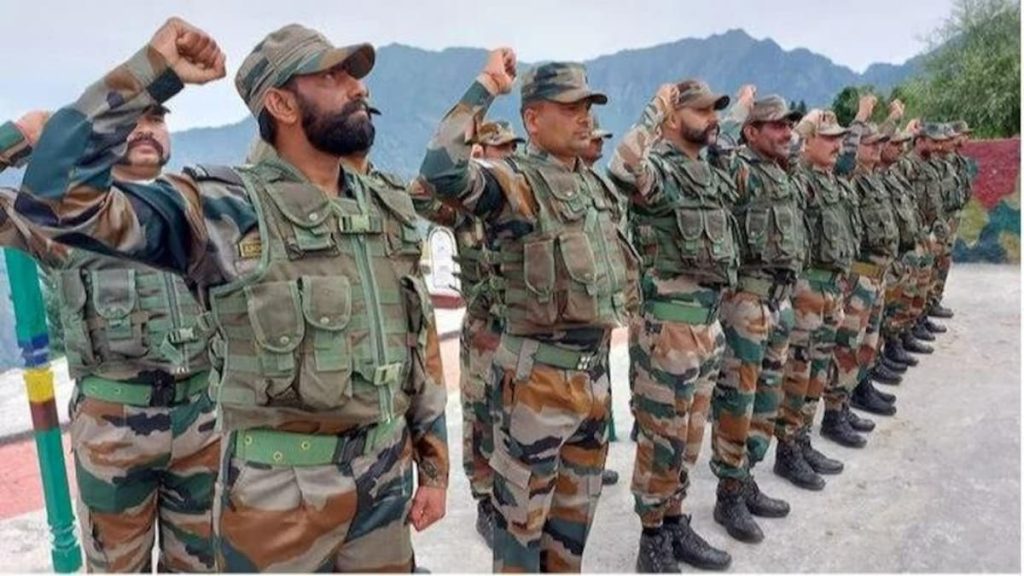The borders represent authority symbolically and geographically. Watchtowers, barbed wire, and fences demonstrate the nation’s supremacy. The border determines a state’s bounds and people’s identity. People on either side of the erstwhile Jammu and Kashmir border have few ties. India and Pakistan’s tensions leave border residents in an uncomfortable situation. These people have particular requirements because they face distinct challenges.

Along J&K’s common border with Pakistan are the IB and the LoC. Since 1947, terrorist acts and cross-border shootings have caused concern. As a result, the economy, agriculture, livelihood, education, etc. suffer. To secure their safety, border residents must increase their ‘capability development.’
The Indian government is working on several fronts to defeat terrorism in Jammu and Kashmir and bring about peace and prosperity. Terrorists were tracked down and murdered, infiltration efforts were foiled, sympathisers were located and dealt with sternly, and the anti-India narrative was challenged. Borders and distant regions are gaining investment.
Residents near the International Border LoC and ALC can now apply for government jobs. The Village Defence Committee (VDC) system, created in 1995, has revitalised self-protection measures for vulnerable communities in the Jammu region. VDCs will conduct night and day patrols within each village’s limits to protect important installations and infrastructure. Each Village Defence Group will be commanded by retired military or police officer and report to the SP or SSP. They’ll receive frequent training.
The Central Government would build 14,460 individual and communal bunkers for border inhabitants in Jammu, Kathua, and Samba, including villages along the International Border and Poonch and Rajouri on the Line of Control. 8500 bunkers defend soldiers from cross-border firing.

The Ministry of Home Affairs, Government of India, is implementing the Border Area Development Programme (BADP) in 460 border blocks spanning 117 border districts in 16 States and 2 UTs. The BADP aims to create basic infrastructure in the country’s border areas and to satisfy the particular developmental requirements of individuals living in remote and inaccessible locations near the international boundary. Border towns with BADP-authorized infrastructure projects have seen their living circumstances improve. Prabhari Officers can visit locations and make feedback on execution, and an online monitoring system allows for effective physical and financial monitoring (Ministry of Home Affairs, Lok Sabha, 22 March 2022).
Ajay Bhatt, Minister of State for Defense and Tourism, visited Kupwara in north Kashmir in September 2021 and anticipated wealth of economic opportunities, including border tourism. The administration wants to develop Uri, Rajouri, and Chakan-da-Bagh in Poonch. A 600-kilometer road will connect Kieran, Gurej, and Machhal. The road would make new picturesque places and tourist sites more accessible. Lt Governor Manoj Sinha inaugurated a ‘Retreat Ceremony’ at Octroi Post, Suchetgarh, on the India-Pakistan border last October. Many J&K residents and guests attended.
Border tourism has given people a much-needed break. Villages along the LoC in Baramulla, Kupwara, and Bandipora are popular with hikers, visitors, and inhabitants. After 30 years, tourists returned to border regions.
Our people have suffered severely since our enemy’s ‘proxy war’ began in 1989. The Indian Army protects the country’s borders and fights terrorism. It improves the quality of life in rural and isolated areas. The IA advised a comprehensive approach to help J&K by fulfilling basic needs and providing them with more autonomy. In the 1990s, the IA launched “Sadbhavana.” This initiative has helped many people, especially those on the fringes and near borders. From humble beginnings, this endeavour has grown into a comprehensive effort to develop Jammu & Kashmir. IA has made education, skilling, and job creation development priorities. These initiatives focus on young people, especially those in remote locations.
The Indian Army has built 43 Army Goodwill Schools (AGS) and helped numerous government-run schools in distant districts with building restorations, new classrooms, libraries, restrooms, playgrounds, sports facilities, equipment, supplies, and furniture. 150,000+ students benefitted. More than 145,000 primary and secondary students benefited from the initiative, and 1,500 scholarships were offered to economically disadvantaged, rural students. The Army opened three schools at Nathatop, Patnitop, and Sanasar for Gujjar and Bakarwal youngsters. When ‘deras’ move, their children’s schooling suffers. This will help folks in remote and border locations find work.

The IA has trained youngsters so they may be hired under the ‘Agniveer’ scheme and conducted professional courses to make them employable. It aims to provide young people in J&K with an opportunity to work in the defence sector. The IA provides young people in border towns and other distant areas with recruitment knowledge and skills. Training programmes are held at Mankot, Mendhar, Lorn, Mandi, Poonch, Riasi, Kishtwar, etc. Males and ladies can receive Agniveer training.
Conviction, perseverance, and confidence are needed to make a ‘Capability Development’ project viable. Infrastructure, education, agriculture, water, financial inclusion, and skill development all need attention. It’s crucial to give them the resources they need to make a living on the mainland to prevent them from leaving. This will assist battle terrorism in J&K.

